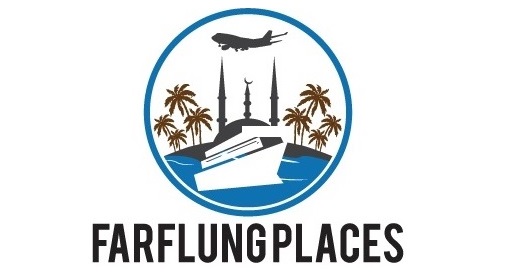Climbing into the Kawah Ijen volcano, as described in this blog, was an unforgettable chance to get smothered in sulphur gases, see the unusual 'Blue Lava', and be constantly forced off the tiny, rocky and dangerous path by miners carrying huge bamboo baskets of sulphur, that they had just mined while dodging the poisonous gases at the bottom of the volcano. It is incredibly hard work in one of the most severe and dangerous environments on earth. To quote Booker T Washington, who visited a similar volcanic mine in Sicily in the nineteenth century "I am not prepared just now to say to what extent I believe in a physical hell in the next world, but a sulphur mine is about the nearest thing to hell that I expect to see in this life.".
It has been 24 hours since I climbed up, and then into Kawah Ijen, and despite much washing of clothes and body I can still catch the faint smell of sulphur. The volcano is in far east Java, active and overdue an eruption, with the last major one being in 1936. What brings the more adventurous traveller here is the unique 'Blue lava' at the base of the crater, and the Sulphur miners who work in some of the hardest, and most dangerous, conditions in the world.
40,000 people lived and worked happily in 14 villages on the edge of Sidoarjo in Java, Indonesia. Surrounded by rice paddies and close to the sea it was a fairly quiet place away from the major city nearby of Surabaya. Until May 2006, when PT Lapindo, a major oil and gas explorer (who included Santos, a large Australian company, as a shareholder) got permission to perform an exploratory drill nearby.








